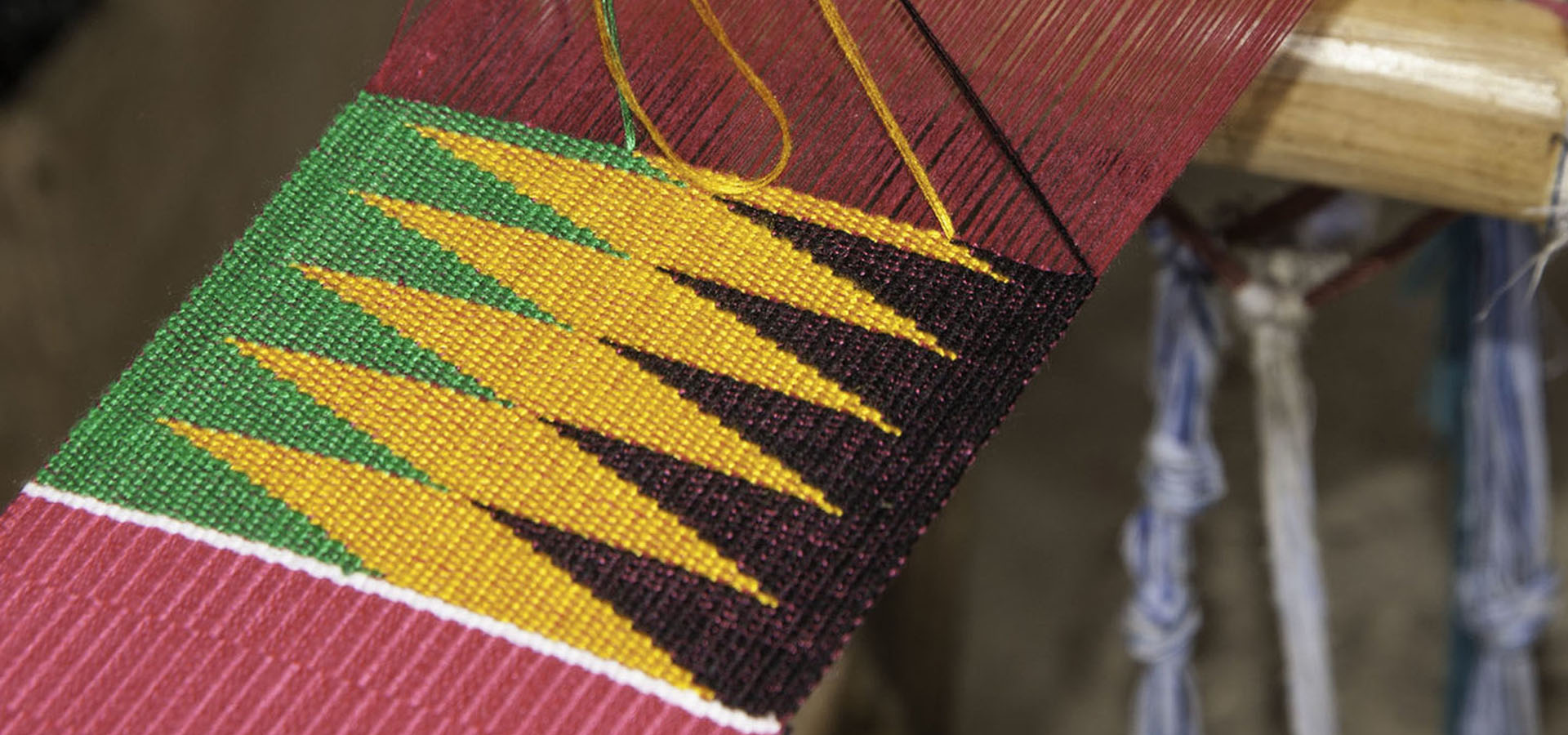
23 Nov Intellectual Property Protection In The Fashion Industry
The fashion industry in Ghana is a thriving and growing sector, with a wide range of businesses involved in the design, production, and distribution of fashion products. Although dominated by small and medium-sized enterprises (SMEs), there are quite a number of large and established businesses in the industry.
The fashion industry in Ghana is a significant contributor to the country’s economy. The industry employs a large number of people. As a result, successive governments have proactively facilitated the expansion of the industry through several policies. Among these are import duties exceptions for plant and machinery, corporate tax discounts of up to 50% within the economic trade zones, liberal foreign exchange regulation, and tax holidays. Since 2019, the government has introduced zero-rated value added tax on locally manufactured textiles to ease cost pressures on the industry.[1]
The Ghanaian Fashion eCommerce market is predicted to reach US$131.7 million by 2023 and accounts for 19.6% of the total eCommerce market in Ghana. It is expected to increase at a compound annual growth rate of 3.1% for the next four years (CAGR 2023-2027). This will result in a projected market volume of US$148.7 million by 2027.[2]
It is reported that the average Ghanaian household spends about 9% of their income on clothing and footwear.[3]
A unique characteristic of the Ghanaian fashion industry is its vibrant and colorful designs, which often incorporate traditional African motifs and fabrics. The industry is also gaining a reputation for its innovative and contemporary designs.
Due to the enormous prospects held by the industry, it is important that industry players take steps to protect their creativity under the ambits of the law.
Intellectual property (IP) protection for fashion in Ghana is governed by a number of laws, including:
- The Copyright Act, 2005 (Act 690)
- The Industrial Designs Act, 2003 (Act 660)
- The Patents Act, 2003 (Act 657)
- The Trademarks Act, 2004 (Act 664)
COPYRIGHT
An author, co-author or joint author of any artistic work is entitled to the copyright protection afforded to that work under the Copyright Act of 2005. This protection is afforded to the original expression of an idea, but not the idea itself.
In the context of fashion, this means that copyright can protect the unique design of a garment, but not the general concept of a garment, such as a dress or a pair of jeans.
Also, a producer of fabrics can rely on copyright to protect designs imprinted in or on fabric if the design contains a sufficient amount of creative expression.
To be eligible for copyright protection, a fashion design must be original and fixed in a tangible medium. This means that the design must be new and creative and it must be expressed in a definite medium, such as a drawing, sketch, or prototype.[4]
Copyright law protects the designs on the surface of clothing just as it protects designs on the surface of a canvas or sheet of paper. The U.S. Supreme Court in Star Athletica v. Varsity Brands[5] stated that “two-dimensional designs appearing on the surface of [clothing]” including “combinations, positionings, and arrangements” of shapes, colors, lines, etc. are protectable by copyright.
PATENTS
Per Section 3 of the Patents Act of 2003, an invention is patentable if it is new, involves an inventive step and is industrially applicable. Useful designs that have been patented are things such as zippers, Velcro, astronaut suits, and kevlar.
Technical innovation can put a fashion business ahead of the competition and Patent registration ensures the protection of technical superiority in new inventions. For example, fabrics that do not crease, or are softer, or more weather-resistant, etc.
Novozymes, a Danish, biotech company specializing in enzymes and microorganisms, pioneered the use of enzymes in the treatment of fabrics. In 1987, the company developed and patented a technology for the treatment of “stone-washed” denim jeans. This technology is based on an enzyme called cellulase, which removes some of the indigo dye from denim so as to give the fabric a worn look. Within three years, most of the companies operating in the denim finishing industry were using cellulase under license from Novozymes. Today, Novozymes’ technology for improving production methods and fabric finishing has been licensed worldwide. The company holds more than 6,200 active patents and patent applications, and pursues a proactive licensing strategy to maximize royalty revenue from these IP assets.[6]
The Italian company, Grindi Srl. invented Suberis, an innovative fabric made of cork, said to be as smooth as velvet, light as silk, washable, unscratchable, stain-resistant, waterproof and fireproof. After testing and codifying the treatment, Grindi filed an international patent application through the Patent Cooperation Treaty (PCT) in 1998 to protect its unique product in a large number of countries. The Suberis fabric is used in the manufacture of clothing, footwear and sportswear, as well as in many other applications.[7]
TRADEMARKS
Per Section 1 of the Trademarks Act, Trade mark means any sign or combination of signs capable of distinguishing the goods or services of one undertaking from the goods or services of other undertakings including words such as personal names, letters, numerals and figurative elements.
Trademarks are distinctive signs that identify the source of goods or services. In the context of fashion, trademarks can be used to protect the brand names and logos of fashion designers and fashion houses.
To be eligible for trademark protection, the mark must be able to identify the source of goods or services in a clear and unambiguous way.
INDUSTRIAL DESIGNS
Industrial Design is defined by the Industrial Designs Act of 2003 as a composition of lines or colours, any three‐dimensional form or any material, whether or not associated with lines or colours. A textile design is an industrial design where the composition, form or material gives a special appearance to a product of industry or handicraft and can serve as a pattern for a product of industry or handicraft.[8]
Industrial designs protect the ornamental features of an object, such as its shape, configuration, pattern, or ornamentation. It may be three-dimensional for example, a wallet or a hat; or two-dimensional, such as a textile print, which has certain characteristics that give it a new physiognomy, which distinguishes it from other similar articles, either by its geometrical shape, its aesthetic aspects or ornamentation; and which serves as a pattern to manufacture other items.
In the context of fashion, this means that industrial design protection can be used to protect the unique appearance of a garment, such as the silhouette of a bag or the cut of a coat.
To be eligible for industrial design protection, a design must be new, original, and have individual character. This means that the design must be new to the world and that it must be sufficiently distinct from existing designs.[9]
Although the way design elements are cut and pieced together is not protected by copyright, you may be able to protect your creation with industrial design registration which can prevent others from creating fashions that resemble your sketch.
Many clothing manufacturers, however, do not register their designs, under the excuse that they have a short useful life, which would not justify the monetary investment to protect their rights. The above is not applicable in each case, since certain garments manage to become fashion classics, which makes their early protection imperative, especially to prevent unscrupulous third parties from taking advantage of the acquired fame and using such designs.
The lack of design protection brings with it its vulnerability, resulting in many designers having to fight against the infringement of their fashion designs, which involves high time and resource costs.
This publication may provide a summary of legal issues but is not intended to give specific legal advice. If you require legal advice, please speak to a qualified lawyer, which may include a qualified member of our legal team at B&P ASSOCIATES (info@bpaghana.com).
AUTHOR:
Priscilla Wepia Ametame (Legal Associate)
[1] African Journal of Applied Research Vol. 8, No. 2 (2022), pp. 101-121 http://doi.org/10.26437/ajar.31.10.2022.07 accessed on 23rd November 2023
[2] https://ecommercedb.com/markets/gh/fashion accessed on 23rd November 2023
[3] https://www2.statsghana.gov.gh/nada/index.php/catalog/12/study-description accessed on 23rd November 2023
[4] Copyright Act, 2005 Act 690, Section 2 (a)
[5] 580 U.S. 405, 137 S. Ct. 1002 (2017)
[6] https://insights.greyb.com/novozymes-patents/ accessed on 23rd November 2023
[7] https://www.wipo.int/ipadvantage/en/details.jsp?id=2667 accessed on 23rd November 2023
[8] Industrial Designs Act, 2003 (Act 660), Section 1 (1)(b)
[9] Industrial Designs Act, 2003 (Act 660), Section 2

